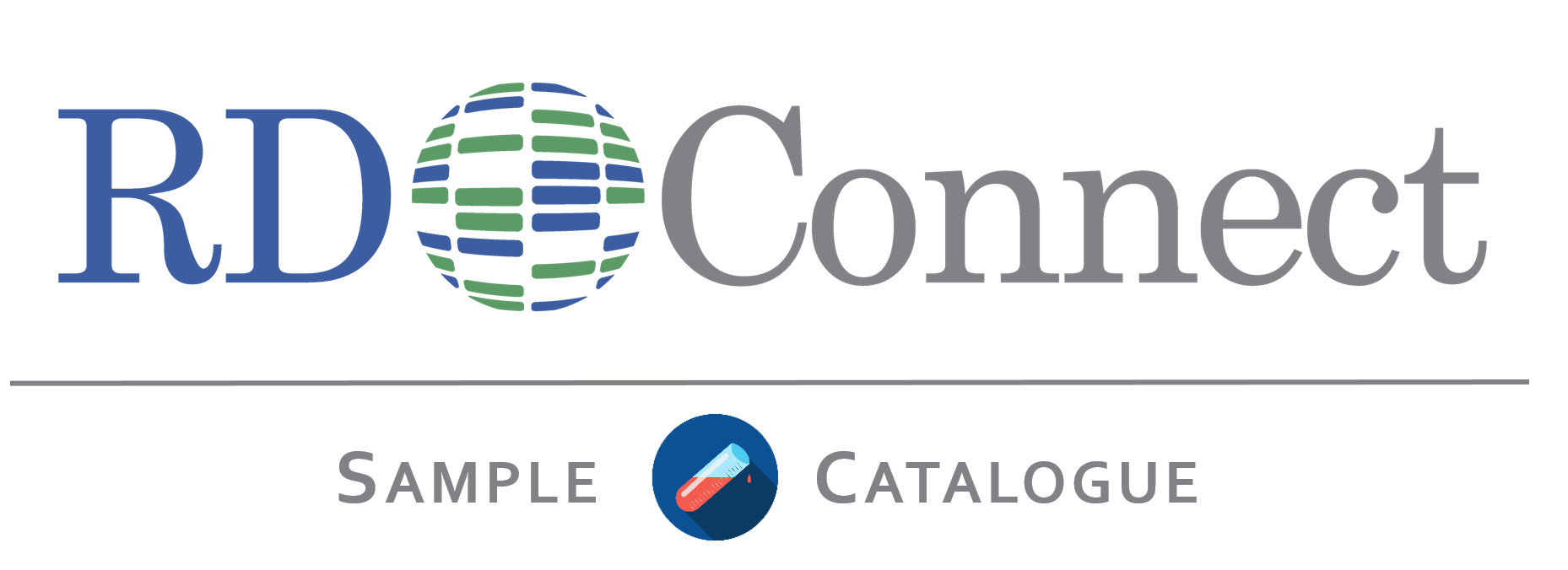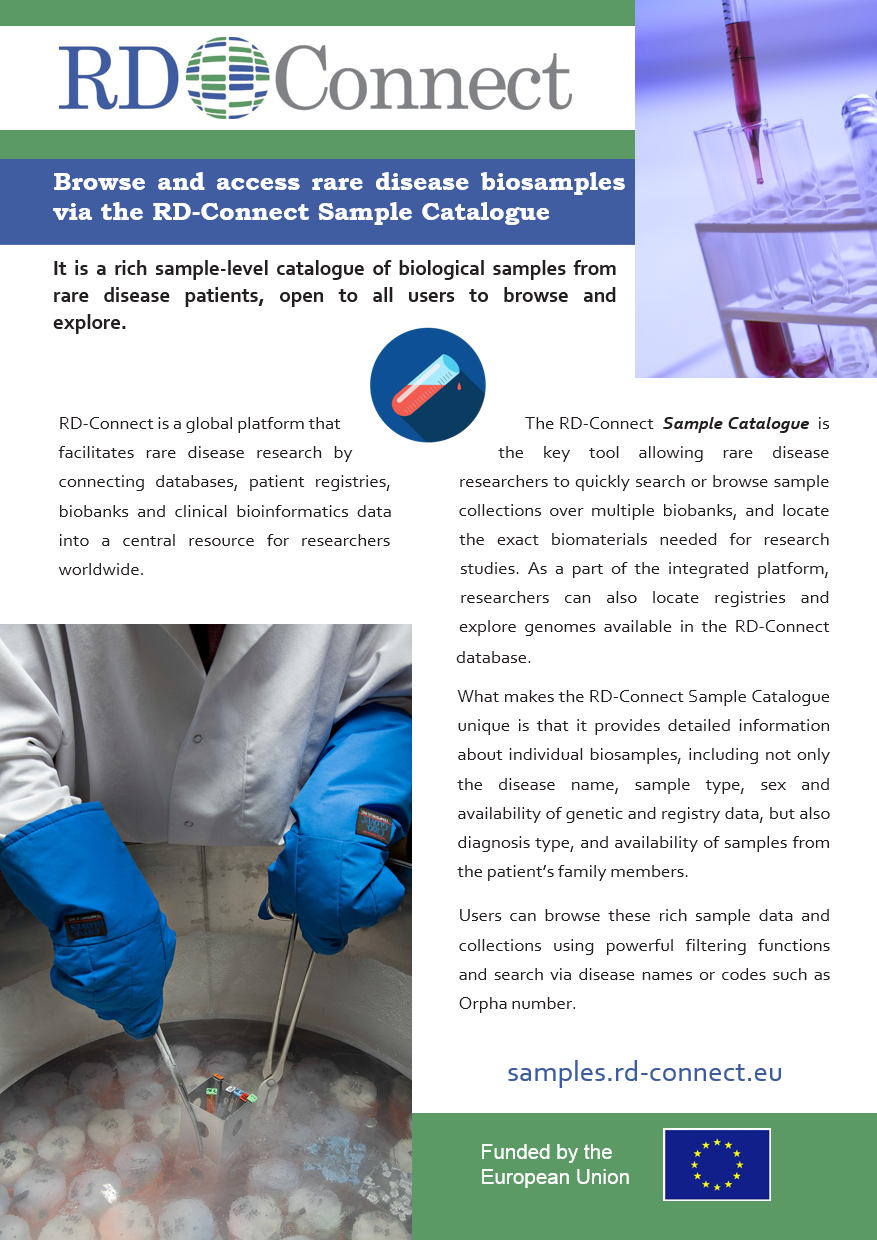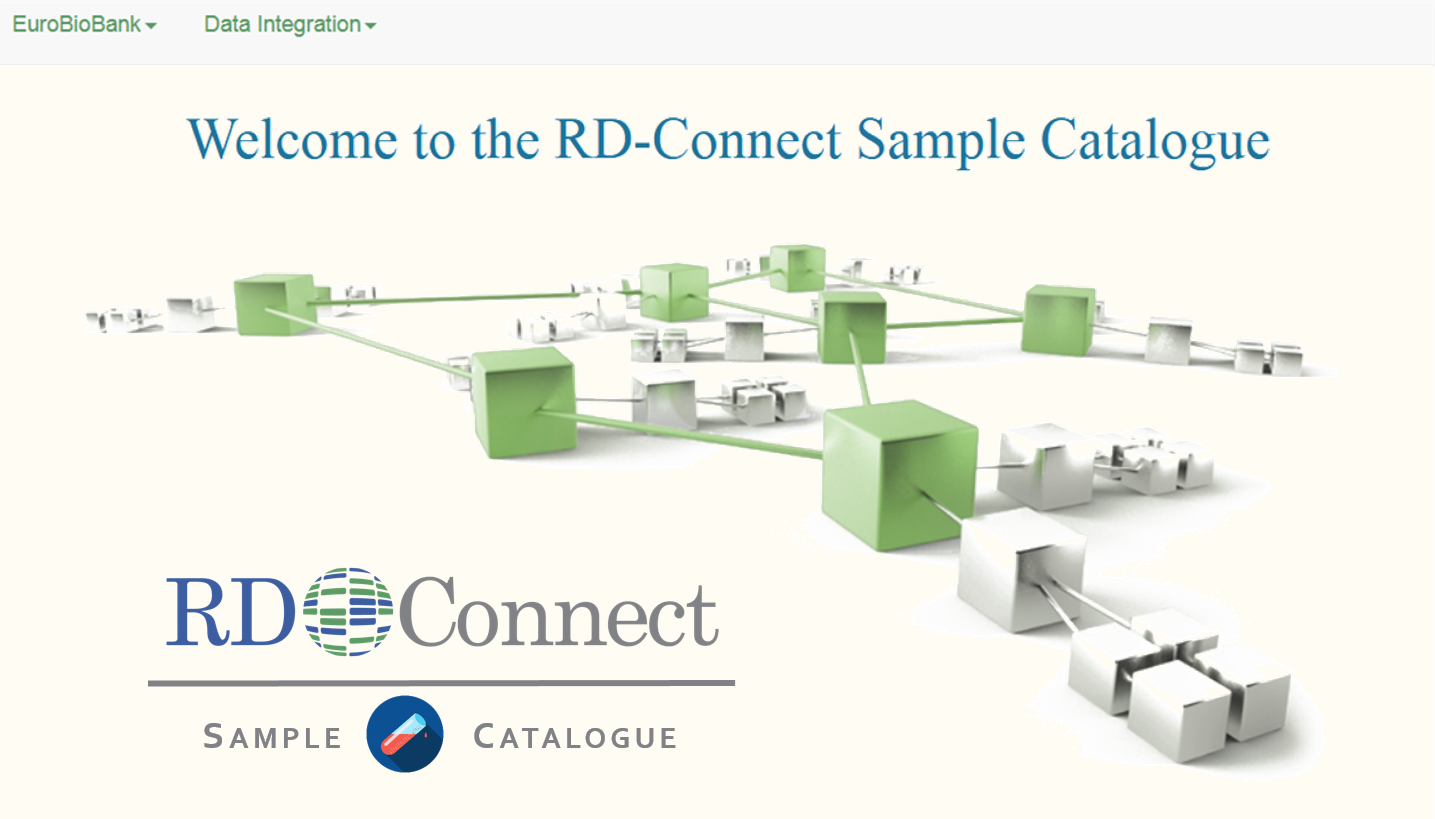Biological samples such as blood and DNA, provided by patients and stored in biobanks, are valuable material that can be used for future research. In the case of rare diseases, the scarcity of patients, who are scattered across the world, makes having biosamples available for reuse particularly important.
A solution.
To solve this problem, The RD-Connect launched the Sample Catalogue, which allows researchers to find biological samples from rare disease patients for research purposes. The Sample Catalogue is open to all users free of charge and contains essential information and links to the biobanks where the sample is located to facilitate requesting the samples.
Biobanks within the EuroBioBank Network were the first ones to include their sample collections in the Sample Catalogue. All rare disease biobanks are welcome to submit their data to ensure the biological samples they hold are accessible for research and are adequately represented.
What makes the Sample Catalogue unique?
The Sample Catalogue provides detailed information about individual biosamples, including not only the disease, sample type, sex and availability of genetic and registry data, but also genotype, diagnosis type, and availability of longitudinal samples and samples from unaffected family members. Users can browse sample collections using powerful filtering functions and search via disease names or codes.
Continued development
The behind-the-scenes development work on the Sample Catalogue aims including the implementation of BBMRI-ERIC Negotiator, a tool allowing researchers to quickly make and refine requests for specific biosamples to the biobanks holding samples of interest.
The Sample Catalogue is one of the three key tools developed within RD-Connect, next to the Genome-Phenome Analysis Platform and the Registry & Biobank Finder. The work is ongoing to make all three tools interconnected. The connection of the Sample Catalogue with the Genome-Phenome Analysis Platform will allow researchers to find biosamples from patients with a specific genetic defect, while the connection with the Registry & Biobank Finder will let them easily find biobanks and access information about their sample collections.
Have questions? Check the Sample Catalogue FAQ:
For details on how to prepare and upload biosample data, check our Sample Catalogue guide for biobankers and the upload template.



